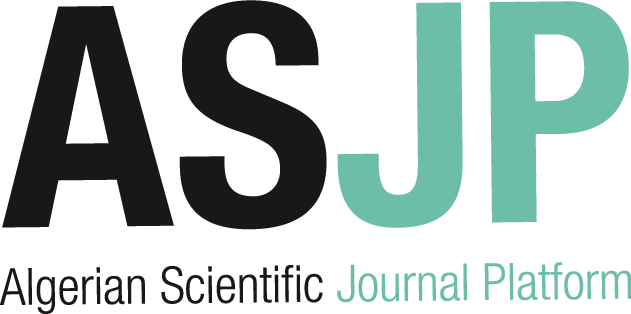[article]
| Titre : |
Experimental analysis of wet mill load based on vibration signals of laboratory-scale ball mill shell |
| Type de document : |
texte imprimé |
| Auteurs : |
Jian Tang, Auteur ; Li-jie Zhao, Auteur ; Jun-wu Zhou, Auteur |
| Année de publication : |
2011 |
| Article en page(s) : |
pp. 720–730 |
| Note générale : |
Génie Minier |
| Langues : |
Anglais (eng) |
| Mots-clés : |
Comminution Grinding Artificial intelligence Modeling |
| Résumé : |
Real-time measurement of the mill load is the key to improve the production capacity and energy efficiency for the grinding process. In this paper, experimental analysis of the wet mill load based on the vibration signals of the laboratory-scale ball mill shell is presented. A series of experiments are conducted to investigate the vibration characteristics corresponding to different grinding conditions such as dry grinding, wet grinding and water grinding. The power spectral density of the vibration signals is systematically interpreted.
Experimental results show that the rheological properties of the pulp affect the amplitude and frequency of the vibration signal. The most important conclusion is that the frequency range of the shell vibration of the laboratory wet mill can be divided into three parts, namely natural frequency band, main impact frequency band and secondary impact frequency band. Finally, soft-sensor models between vibration signal and mill operating parameters of mill load are established using genetic algorithm-partial least square (GA-PLS) technology. After more work on industry scale ball mill is done, the soft-sensor modeling based on the mill shell vibration for operating parameters of mill load will improve the performance of the ball mill in the grinding process. |
| DEWEY : |
622 |
| ISSN : |
0892-6875 |
| En ligne : |
http://www.sciencedirect.com/science/article/pii/S0892687510001202 |
in Minerals engineering > Vol. 23 N° 9 (Août 2010) . - pp. 720–730
[article] Experimental analysis of wet mill load based on vibration signals of laboratory-scale ball mill shell [texte imprimé] / Jian Tang, Auteur ; Li-jie Zhao, Auteur ; Jun-wu Zhou, Auteur . - 2011 . - pp. 720–730. Génie Minier Langues : Anglais ( eng) in Minerals engineering > Vol. 23 N° 9 (Août 2010) . - pp. 720–730
| Mots-clés : |
Comminution Grinding Artificial intelligence Modeling |
| Résumé : |
Real-time measurement of the mill load is the key to improve the production capacity and energy efficiency for the grinding process. In this paper, experimental analysis of the wet mill load based on the vibration signals of the laboratory-scale ball mill shell is presented. A series of experiments are conducted to investigate the vibration characteristics corresponding to different grinding conditions such as dry grinding, wet grinding and water grinding. The power spectral density of the vibration signals is systematically interpreted.
Experimental results show that the rheological properties of the pulp affect the amplitude and frequency of the vibration signal. The most important conclusion is that the frequency range of the shell vibration of the laboratory wet mill can be divided into three parts, namely natural frequency band, main impact frequency band and secondary impact frequency band. Finally, soft-sensor models between vibration signal and mill operating parameters of mill load are established using genetic algorithm-partial least square (GA-PLS) technology. After more work on industry scale ball mill is done, the soft-sensor modeling based on the mill shell vibration for operating parameters of mill load will improve the performance of the ball mill in the grinding process. |
| DEWEY : |
622 |
| ISSN : |
0892-6875 |
| En ligne : |
http://www.sciencedirect.com/science/article/pii/S0892687510001202 |
|


 Ajouter le résultat dans votre panier Faire une suggestion Affiner la recherche
Ajouter le résultat dans votre panier Faire une suggestion Affiner la rechercheExperimental analysis of wet mill load based on vibration signals of laboratory-scale ball mill shell / Jian Tang in Minerals engineering, Vol. 23 N° 9 (Août 2010)











